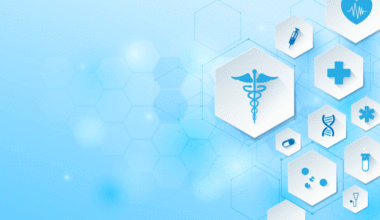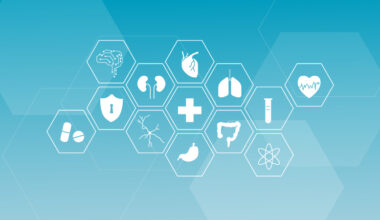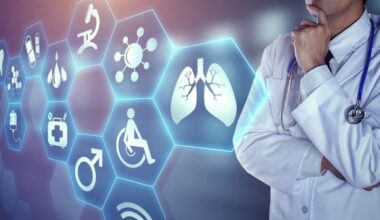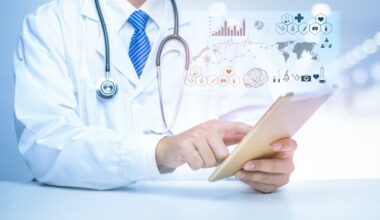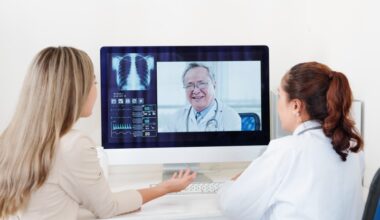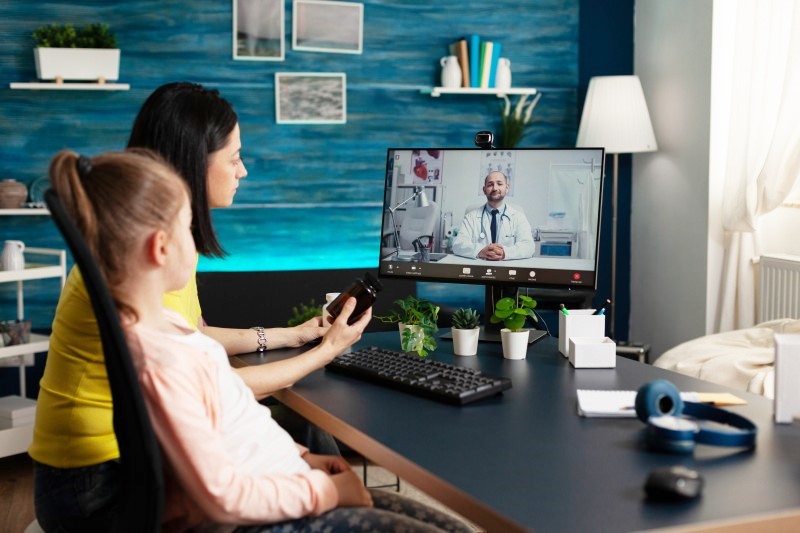
If you are an avid follower of this space, you must have read our previous blogs that feature the two specific telemedicine types viz. Real-Time and Store-and-Forward. This is the concluding part of our 3-type-telemedicine series – Remote Patient Monitoring (RPM). Also referred to as Telemonitoring, RPM is a medical practice that allows healthcare professionals to keep tabs on a patient’s health, vital activities, signs, from a distance. The RPM telemedicine is often used to administer patients who are at high risk, for example, patients with some sort of chronic diseases or heart conditions and who have got discharged recently from the hospital. In this case, RPM telemedicine comes to the forefront. Let us discuss today this third type of telemedicine, and how healthcare providers can leverage its massive capabilities for maximum outcomes.
What is RPM
Remote Patient Monitoring (RPM) is the telemedicine type that incorporates a process of managing chronic conditions of patients using RPM technology. The very technology securely collects and exchanges patients’ data and does the monitoring from a distance, remote locations. Monitoring patients suffering from acute illness becomes a responsible task for the healthcare teams consisting of respective doctors, nurses attending to them.RPM enables you to monitor patients adopting monitoring devices such as :
- Glucose-Meters for managing diabetes patients
- Oximeters for measuring blood-oxygen levels
- Continuous surveillance monitors for dementia patients
- Heart-Rate monitors for managing congestive heart failure
- Blood- Pressure Cuffs for measuring blood- pressure
- Musculoskeletal Risk- Stratification Software
- IoT-enabled grip-strength sensors for managing Parkinson’s patients
- Logging programs for calorie intake
- Logging programs for accurate exercise-regime
Thus, you see, how RPM telemedicine is facilitating an easy and convenient virtual care management. All it does is to gather and analyze health data for streamlining high-risk patient care, which helps to determine quickly if their health condition is improving or not, whether stabilized or deteriorating!
Benefits
RPM telemedicine gathers, brings real-time patients’ data to your fingertips all the time, 24/7. It makes an easy process for your clinicians and healthcare professionals enabling them to deliver quality healthcare services It’s easy for you and your clinicians to use, and it enables the delivery of higher-quality care to a larger section of patients. In short, it leads to patients’ higher efficiency level owing to their less burnout and of course a much low-cost affair saving unnecessary expenses.
1. Constant Accessibility
Usually, it is a full-day affair for many patients to get a doctor’s appointment and get the complete treatment process started. People need to take their time off from busy schedules affecting their work and other daily priorities. Many people don’t have timely transportation facilities or inconvenient access to public transportation. Some struggle to leave toddlers or aging parents behind to avail of the medical facility, and many others. All these challenges are properly met and handled with care via RPM telemedicine technology. Even in the case of people living in remote areas, rural areas, there is limited access to healthcare facilities. Attending to doctors personally may require traveling far places, even to a different country entirely in case of certain conditions!RPM (Remote patient monitoring) solves all of these accessibility-related challenges and gives patients a seamless experience for constant access-provision to the healthcare services at virtual modes.
2. Patient Engagement
RPM telemedicine involves a two-way communication process to get the desired outcomes. Patients’ cooperation is sought in terms of their self-monitoring habits and timely engagement to adhere to the process rules. Patients and their caregivers, family members need to ensure that they are following the self-monitoring regimen as directed by the doctors. RPM is successful if patients are equally cooperating being in different locations. They need to perceive that RPM is for their benefits only, and that way stick to self-monitoring practice in an ethical and disciplined manner. When your patients witness directly how other patients are improving using RPM technology, they get motivated and follow the routine instructions responsibly. As a healthcare provider, you need to boost your patients’ engagement by being proactive on your part. Give them positive feedback even on their slightest improvements, check in often, opt for active and constant encouragement. It depends upon a patient’s chronic ailment and how difficult is his condition for improvement, that you should decide the frequency of interaction with them.
3. Quality Care
Remote Patient Monitoring (RPM) telemedicine services help you for instant access to your patients who need your urgent attention. You can reach to them instantly at the exact moment when they are struggling with any sort of treatment blues, experiencing pain or undergoing confusion pangs, and so on. RPM allows you to provide treatment to your patients from your location on a remote basis quite comfortably, and on the other side, patients, too, receive treatment at their respective locations in a comfort zone. General medical routines become less stressful, efficient, and convenient when patients are cooperating with their medical team by constantly communicating with them. Therefore, RPM leads to saving time and energy, both, while allowing the medical team, clinicians, to attend to each patient deliberately and more calmly that also reduces staff’s burnout rate!
4. Better Outcome
Patients don’t have to scramble for appointments and struggle to manage time off their routine work. They can now afford, sincerely manage focus on your treatment instructions,self-monitoring becomes easy and convenient now. They can focus on what you say and you are managing them based on all the health data you gather via RPM technology. You see, how they’re being well informed, adequately educated leads to proper patient engagement and better outcomes. No doubt, RPM can effectively manage serious health situations like chronic heart failure following a rapid intervention.
Bottom Line
RPM telemedicine is dedicated to free up more energy, more time for healthcare providers while saving costs in abundance. It benefits patients, caregivers, providers, and the entire healthcare system. It is just about leveraging the immense power of digital technology that facilitates the gathering of patient data outside of traditional health care delivery settings. Advanced access to virtual care assures increased levels of patient-provider communications, improved patients’ engagement and involvement towards self-monitoring, RPM telemedicine is expanding its outreach exponentially the world over.
Interested to know more about RPM telemedicine and its immense business opportunities in healthcare? Contact us.
